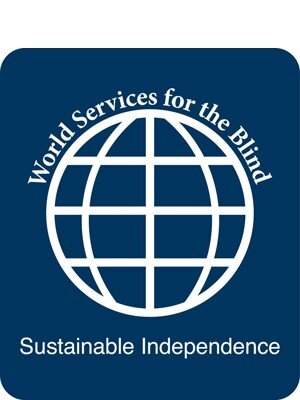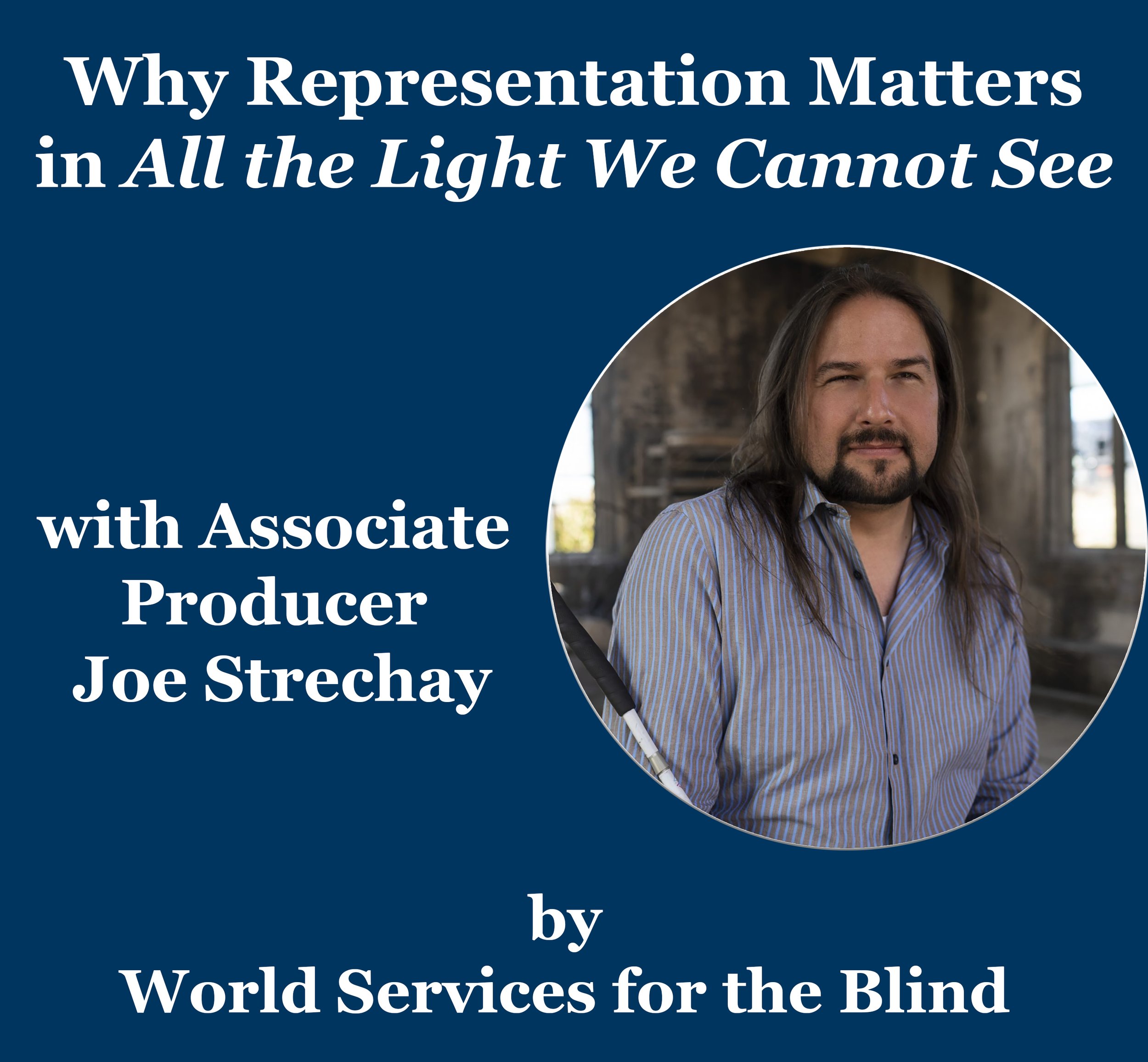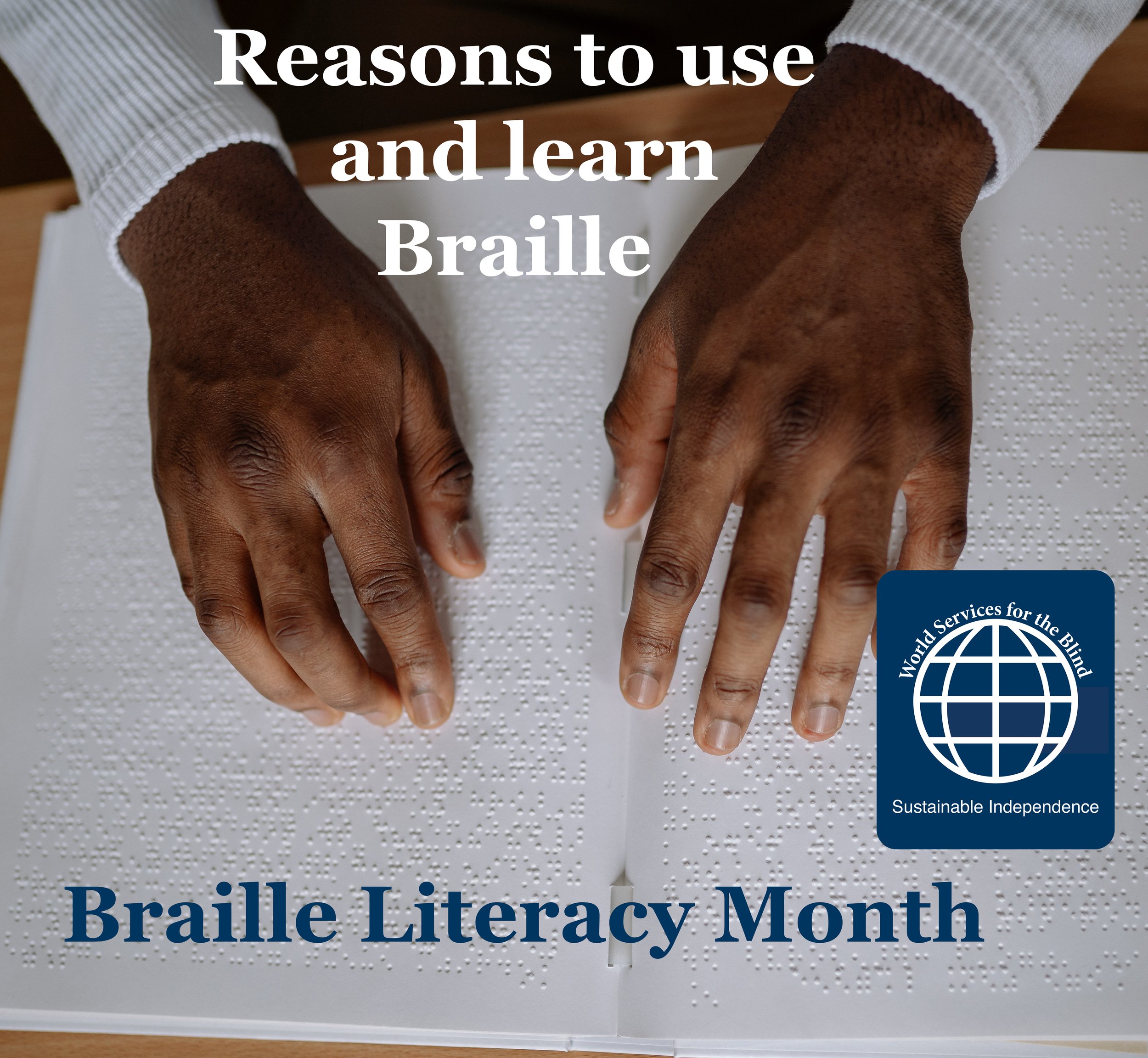Why Representation Matters with Joe Strechay
Representation in media for the blind and visually impaired is scarce. Whether it’s in books, film, or TV, it is often not there. And if it is there, oftentimes it’s not accurate largely due to those who are depicted as blind being played by sighted actors. Historically, disability has been something society has seen as uncomfortable and a version of humanity to hide away.
But there is one person who is working to change that narrative when it comes to the film industry. If you don’t already, get to know the name Joe Strechay.
With the release of the adaptation of All the Light We Cannot See on Netflix this past month, we were pleasantly surprised and delighted with the depiction of blindness in this limited series. Not only was the representation portrayed beautifully by the main actress (who is blind!), Aria Mia Loberti, but it was also thanks to accessibility consultant and associate producer, Joe Strechay. The representation was intentional, and we could tell.
We were thrilled to sit down with Strechay and gain a better understanding around how he is working to change the film industry when it comes to accurate representation. Strechay has worked on a myriad of productions including Daredevil and Apple TV’s science fiction television series See. His career has allowed him to become an accessibility consultant whether he was working to make sets more inclusive, for example, large print or braille scripts, or working on projects that highlight and champion blindness depiction like All the Light We Cannot See.
The Intentionality of Representation
For a lot of able-bodied people, many get their ideas of blindness from films and TV. As those in the blind community know though, the representation is a false hope of what could be. But Strechay is intentional about even the smallest details to make the portrayal of blindness realistic. In one scene, he noted, Marie (the main character) asks someone a question. They answer by nodding but realize she cannot see them nod, and they respond verbally.
He also noted that it was especially important when working behind the camera on All the Light We Cannot See to get the blocking right and authentic when working in disability representation. In some scenes, Aria may have been using her feet a lot in unfamiliar environments, but Strechay noticed it might not get picked up on camera. He noted if this happened, he would oftentimes work with Aria on creating a different way to portray how she navigated the environment as someone who is blind. For example, she might use her hands more to explore the environment while she was standing as opposed to using her feet.
While it may not seem as big of a deal to those who are not blind and visually impaired, there were also big moves when it came to the audio description of the adaptation. In the production, Aria used scrubbing when reading braille due to her learning it in school (a technique to increase speed and fluency), and this was even added into the audio description of the adaptation! Not only were there thoughtful additions to the audio description, but it comes back to the small details. Throughout the show, she can be seen switching her cane in her hands if needed, for example, in one scene where she opens the door to a bakery. She switches her cane to her other hand quickly to open the doorknob of the bakery. Stretchay noted that sighted people don’t do this when portraying blindness, but those who use canes do this hand switch often when navigating the world.
Strechay remarked it is these small details that makes him really excited and it’s the different between a sighted actor and an actor with the real lived experience. These details might seem small to some, but for those who are blind and visually impaired, it’s a huge leap in representing our community accurately. Strechay noted that he keeps a running list of things that happen in his daily life that might be important to use on screen or elsewhere.
“What I get to do is we find these amazing people who are going [to] go onto great careers and give them an opportunity. But also, the people that I work with who are all these people who are sighted persons without disabilities working on the film set behind the camera”
The Impact On and Off Screen
Strechay has noticed the impact that his work has had on the disability and the able-bodied communities. Oftentimes those who are blind are portrayed in very negative connotations on film, whether it’s on a street corner or in a hospital bed. Strechay reflected on how the projects he has worked on have contributed to changing that narrative and perception: “You know, not that we don't do all these things but you know we do way more than that, and a and to show people like, See? You know, we show people fighting. We show people doing all kinds of stuff like building houses. And I have friends who are contractors who are metal workers”
Strechay noted not only has the projects he has worked on help build representation, but him working on set gives our community the representation we deserve. When he works on a new show, he provides training to those working on the production around disability. But he noted there are oftentimes those working on the production who are there for only a day or two and do not receive that training. He noted one time, someone said to him “it’s really nice they allow you to be here” and Strechay had to advocate for himself to say they wanted him there. But just like all of us, this confidence in advocacy was something that Strechay had to grow. Prior to his work in the film industry, Strechay had a long history working in the field of disability and blindness with a Master’s degree in Visual Disabilities.
Strechay is no stranger to the world of Vocational Rehabilitation. Previously, he worked leading the Bureau of Blind Services in Pennsylvania, as well as running youth programs across various states. Because of his experiences, Strechay is a champion around employment barriers, accessibility, blindness, and confidence. He noted “the employment process is about creating trust between you and that employer”.
Through his experiences, whether it is the lived experience as someone who is blind, or through his work in the film industry, Strechay believes in giving everyone a chance to succeed.
“I think we have to give people the opportunity to decide where they want to go. And their passion, you know, it doesn't mean they're going to be great at it but give them the opportunity. We all of us have the opportunity to fail. But we learn from it and move forward. We don't get to do that if we don't get to try.”
Strechay is hopeful for the future of representation. This is only just the beginning. He hopes through his work to help the film industry show more disability in general. All the Light We Cannot See, and Strechay’s work on the adaptation, allow the blind community to be seen in ways we have not before. Disability is a part of daily life, and we are not going anywhere.
Follow WSB on Social Media
Facebook | Instagram | Twitter | Tik Tok







